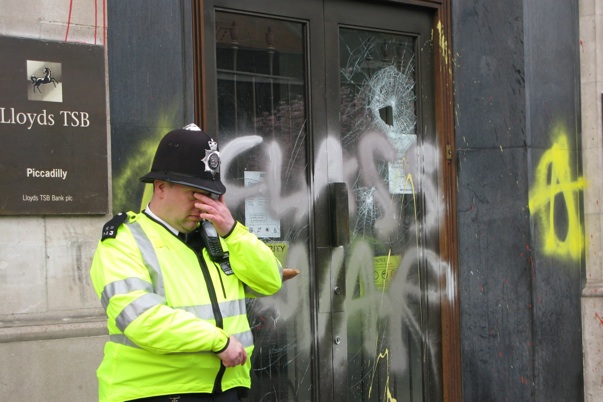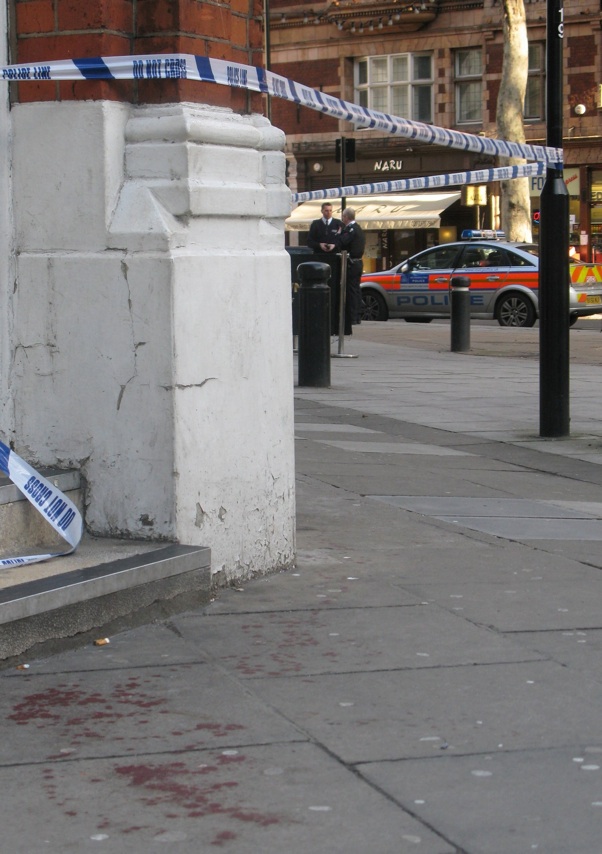
In 1981 police stop and searches of mainly young black men in Brixton in south London provoked urban rioting across England and Wales on a scale only previously seen during the ‘troubles’ in Northern Ireland.
Four years later, Cynthia Jarrett, a black mother in Tottenham died following a police raid on the family’s north London home. Her death provoked the October 1985 Broadwater Farm estate riots in which a police officer, Police Constable Keith Blakelock, was murdered.
The riots were the third to have flared up in the space of one month. Serious disorder occurred four weeks earlier in Handsworth, Birmingham, and claimed the lives of two men. Major disturbances then broke out in Brixton after Cherry Groce, another black woman, had been shot and paralysed inside her home by a police officer during a police raid.
Tottenham
Almost thirty years later, on 4 August 2011, Mark Duggan, a black man from Tottenham, was shot and killed during a police operation in Tottenham Hale. After an incident at a demonstration outside Tottenham Police Station, fierce rioting in London spread to other cities in England between 6-10, August 2011.
Five people were killed - Trevor Ellis and Richard Mannington Bowes in separate London incidents, and Haroon Jahan, Shahzad Ali and Abdul Musavir in one incident in Birmingham. Several others escaped death after fire destroyed or badly damaged homes and businesses.
Some 2,500 shops and businesses were looted across England. About 60% were retail stores. Insurance claims in London alone are expected to total up to £300m.*
Blame game
The coalition government blamed lawless individuals, feckless parents and family breakdown. The government’s political opponents also cited these as causes but predictably also blamed government spending cuts, especially to services for young people.
Those further to the left – enemies of both the government and the official opposition - explained the riots as a violent reaction to a demoralised society characterized by long-term unemployment, materialism and celebrity lifestyle adoration and envy.
Prime Minister David Cameron publicly blamed street gangs. Later, government research showed only 13% of those arrested belonged to gangs.
Males made up nearly 90% of both arrestees and of those bought to court. Almost half were aged 18-24. Some 76% held a previous caution or conviction.
Custodial sentence
A disproportionate number were either out of work, claiming free school meals, or were excluded or absent from school.
Some 66% of young defendants were classified as having a ‘special education need’. Some 64% of young defendants lived in one of the 20 most deprived areas in the country.
The average custodial sentence length for offences related to the disturbances stood at 12.5 months. Burglary, theft and robbery made up by far the largest offences accounting for 57% of male arrestees and 75% of female arrestees.
About 40% of all arrestees were classified ‘ethnically’ as ‘white’ and 39% ‘black’ with 11% ‘mixed’, 8% ‘Asian’ and 2% categorised as ‘other’.
(Sources: Ministry of Justice, Home Office).
© Paul Coleman LONDON INTELLIGENCE 2012
POLICE AND STREETS


(Above: Tricycle Theatre Company, Dewynters artwork, Lewis Whyld/PA photo)
Words and Photos (unless stated otherwise): © Paul Coleman London Intelligence 2012
All Rights Reserved
Words and Photos © Paul Coleman LONDON INTELLIGENCE 2012